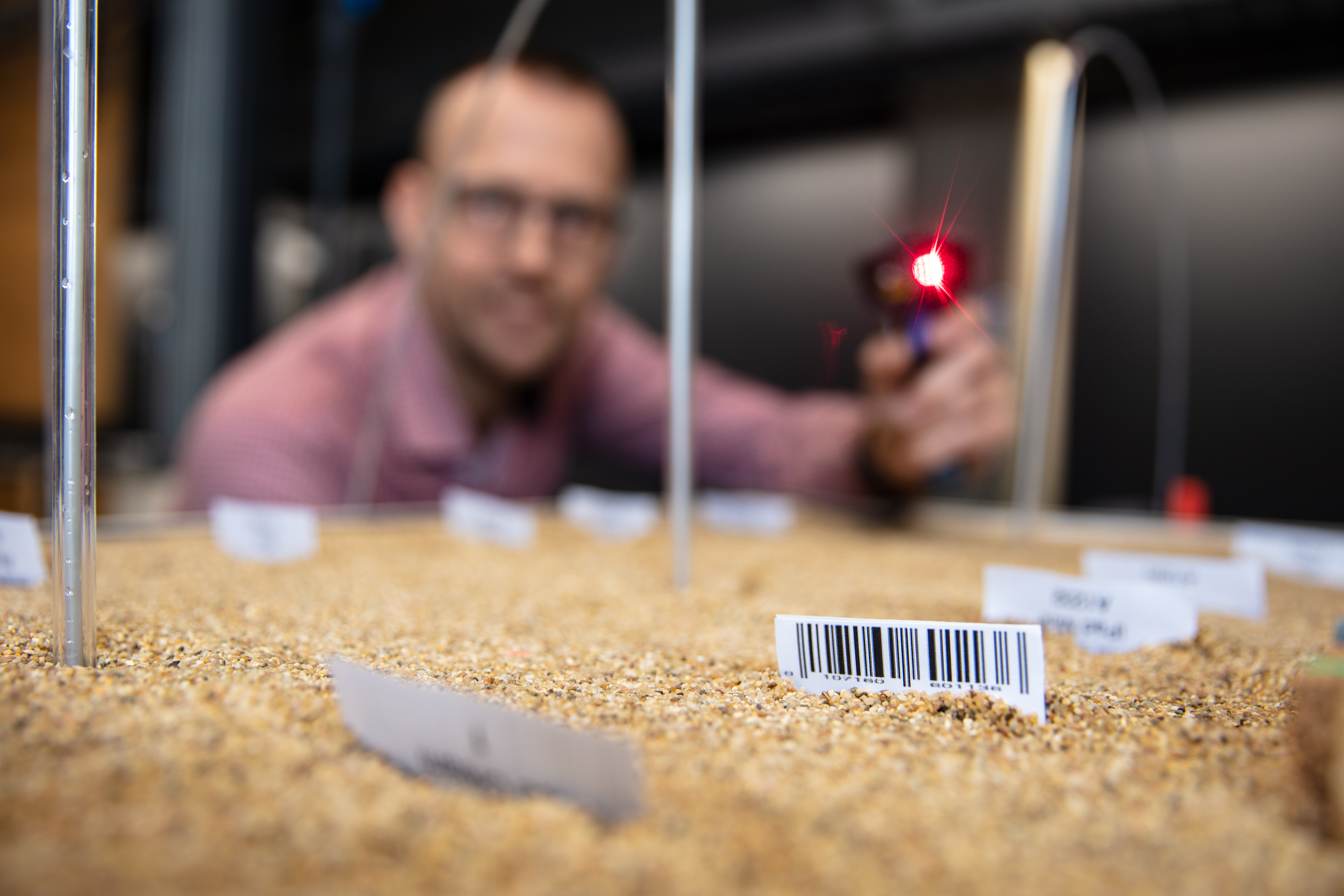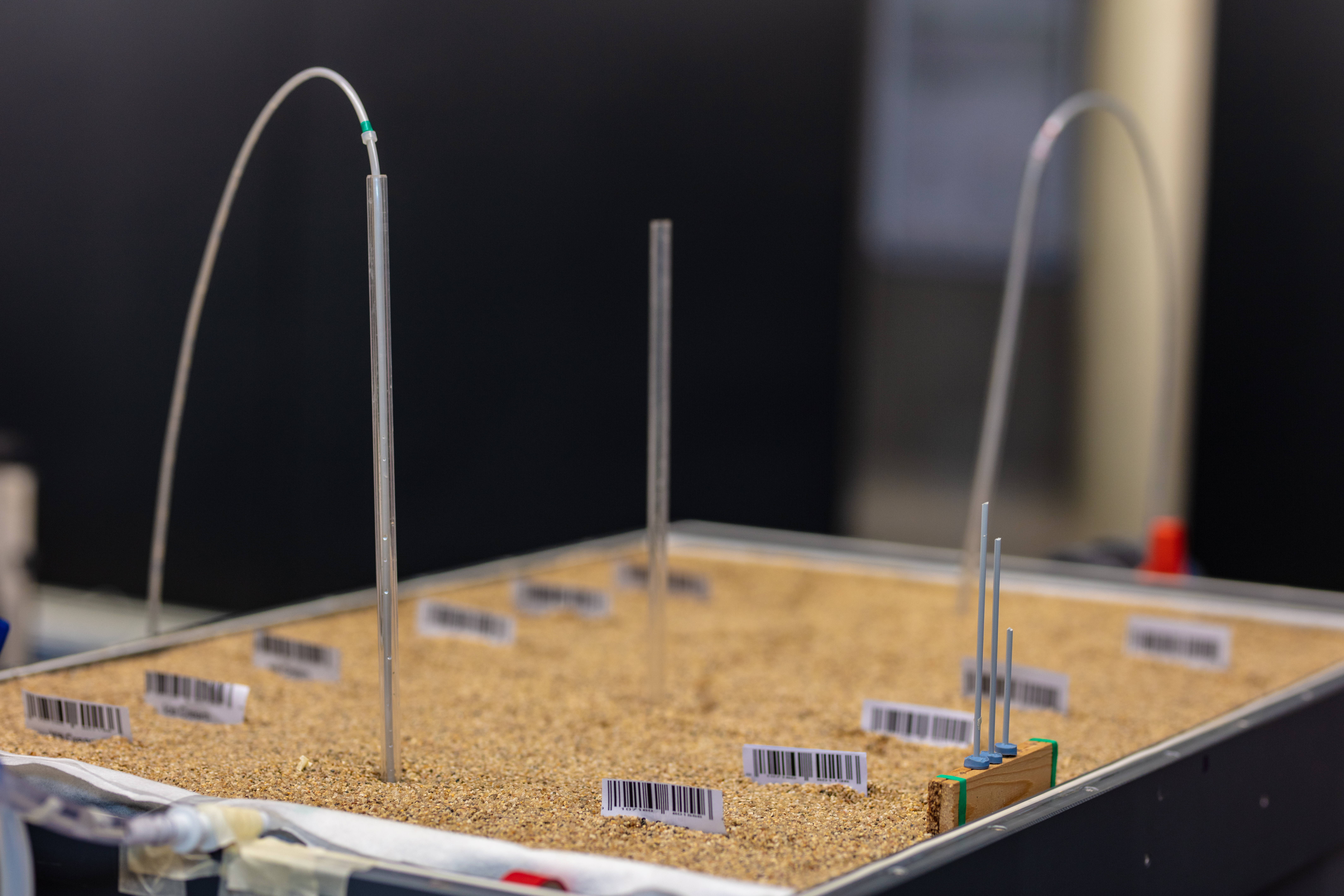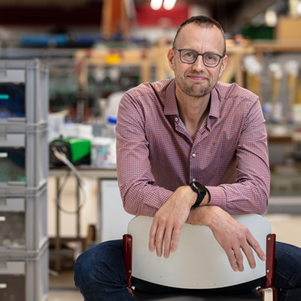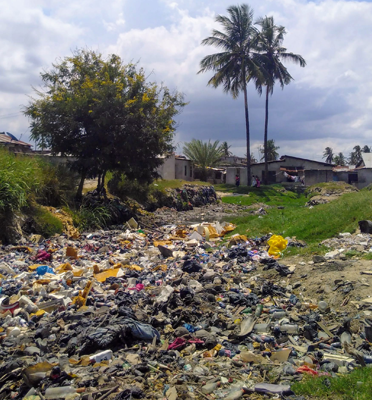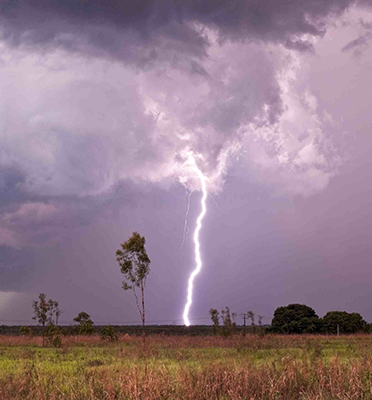A bar coded particle so infinitesimally tiny that you can’t even see it under a microscope. This is how Bogaard describes the tracer he and his colleague Jan Willem Foppen have been working on for the last two and a half years of the WaterTagging project, along with three PhD students and a postdoc. The coded nanoparticle mimics real substances, bacteria or viruses. For all its diminutiveness this tiny particle can have a big impact on water treatment methods.
Filtering techniques put to the test
Tracer technology can, for instance, help improve filtering technologies used in the drinking water sector, Bogaard says. ‘In order to test the efficacy of the methods water companies often use real pollutants, such as chemicals or the E coli bacterium. But it is impossible to tell if the particle that has been filtered out is the same as the one that was put in. It may be an earlier particle, or one that has originated elsewhere.’
Safer and more efficient
The tracers can be engineered to have the same characteristics as the substances in the tests. Using artificial DNA is much safer than working with real pollutants, Bogaard says. ‘The danger is that the substance or bacterium ends up in the environment and that is something you want to avoid. Artificial DNA is also more efficient because you can manufacture hundreds of particles, each with their own unique bar code, to accommodate large-scale testing and experimenting.’
Finding the source of the pollution
Tracers can also be used to follow the flow path of pollutants, such as chemicals or pesticides in ground water and surface water. Bogaard: ‘By putting tracers into the water at different sites and taking samples from various downstream spots afterwards we can track down the source of the contamination and ascertain the speed at which the particles travel. Suppose you put DNA tagged particles into the water at sites a, b, c, d and e. If you then find that the samples only contain the particles from site c you can be pretty sure that that is the source of the pollution. You could do the same in an agricultural field but also in urban areas where you could simulate the pollution caused by a leaking car.’
Protective layer
To makes sure the DNA is not damaged the particles have to be covered in a protective layer of silicon dioxide, or sand. Bogaard: ‘As a hydrologist I want to know exactly how many particles I’m putting into the water and how many I’m taking out. Have I extracted them all or have some stayed behind? And how long do these particles take to travel from one site to another?’
No new creatures
Bogaard emphasises that synthetic DNA has nothing to do with genetic material. ‘No new creatures will emerge as a result of our particles ending up in the environment. Artificial DNA is commonly used in spray form, for instance in shops. It proves people who have stolen something were actually in the shop. It only needs a single DNA particle from that specific shop on the culprit’s t-shirt.’
Tracking the tracers
To find out whether the tracers are actually in the water and in what quantity, the samples have to be filtered. That is not the easiest of tasks, Bogaard says. ‘The size of the particles makes it quite time consuming. We use two methods. One involves the use of a magnet to attract the particles with an iron core, the other is centrifugation which filters out the particles consisting entirely of silicon dioxide. The centrifugation method was a bit of a challenge. According to our initial findings 20,000 G should have been enough to extract the particles but we didn’t get it right until we cranked the speed up to 60,000 G.’
Revolutionary development
According to Bogaard, his tracer technology is ‘revolutionary’. ‘The water sector will have access to a method they never had before and which is safer and more accurate. The practical applications are all there for us to discover. The next step is to test the tracers outside the lab, in rivers, agricultural areas and urban environments.’

